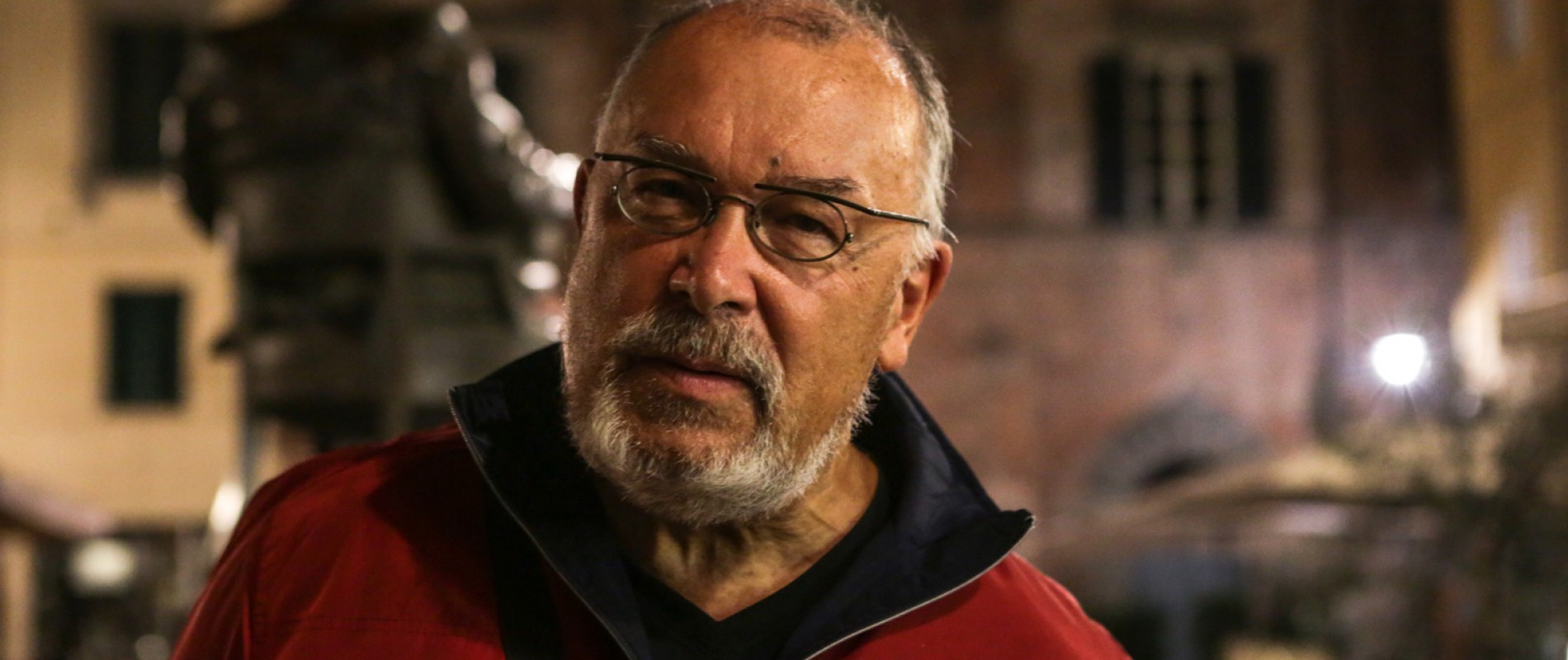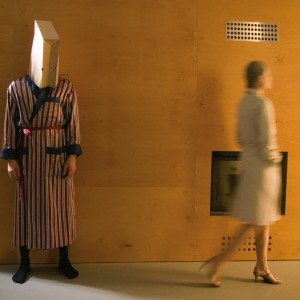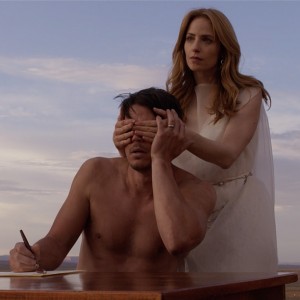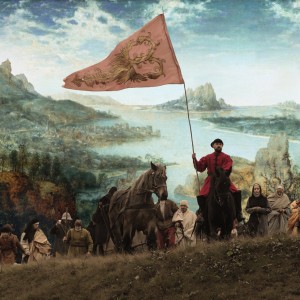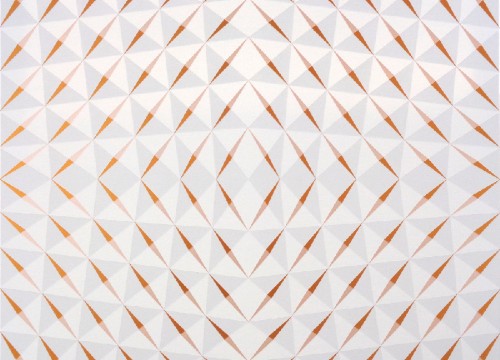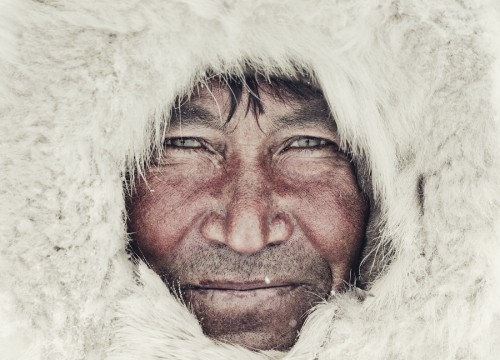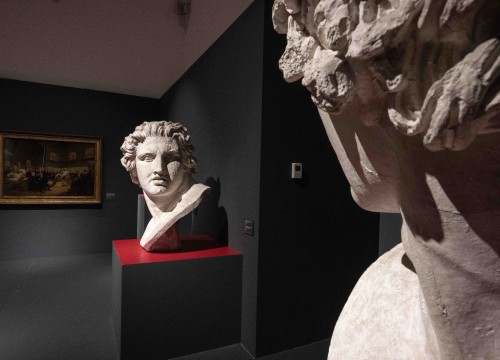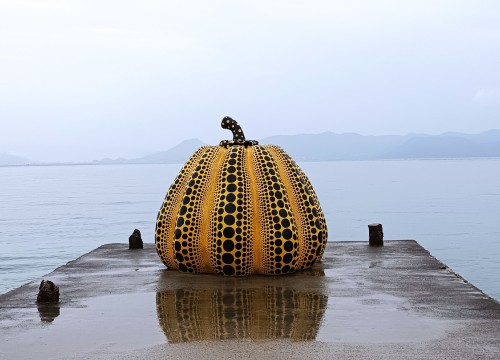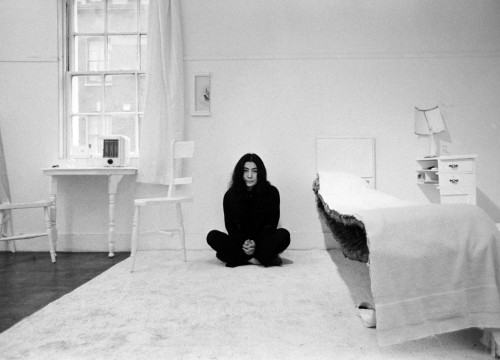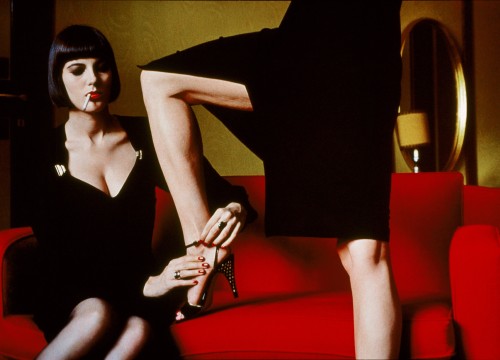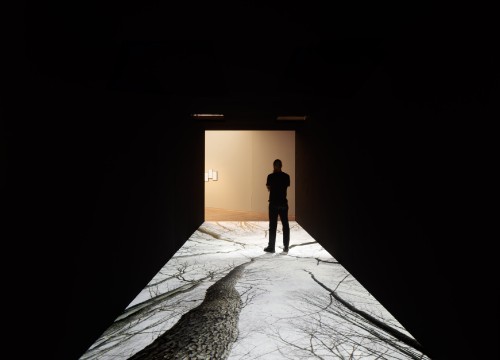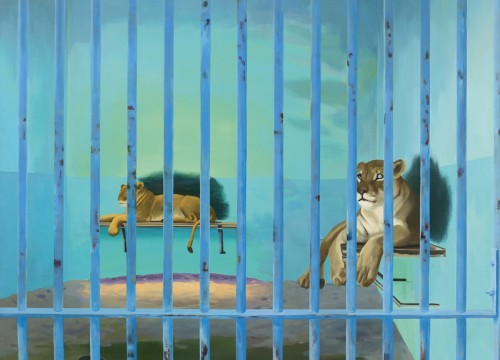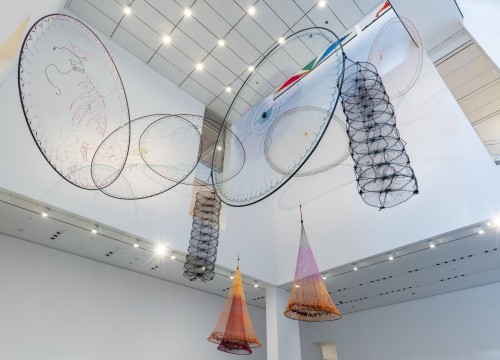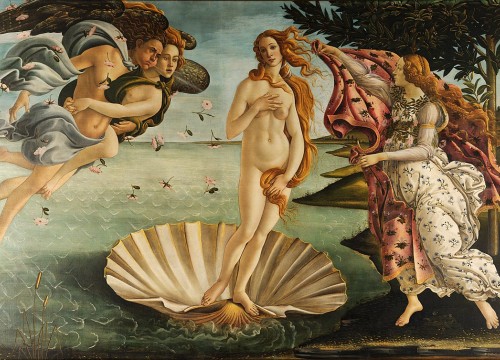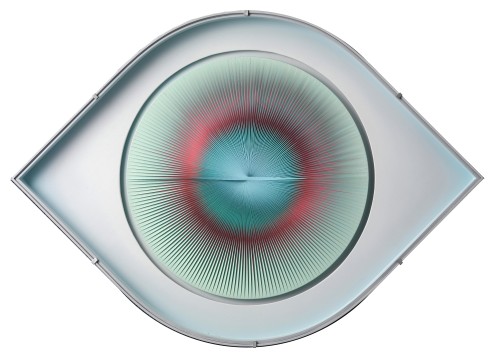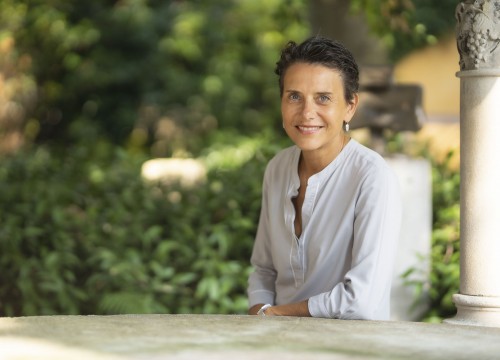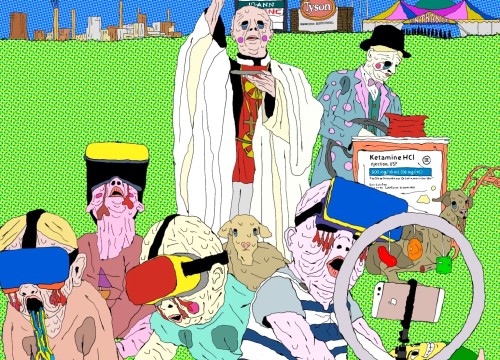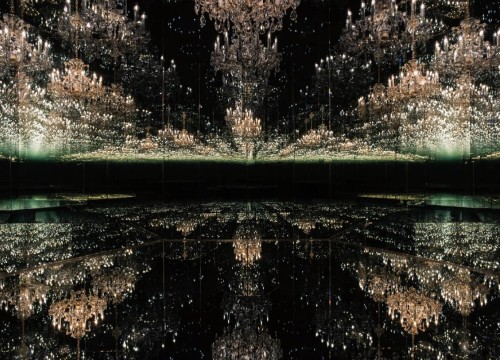In Venice the brainwave as a child in front of Giorgione and Tintoretto
By Alessandro Romanini. Lech Majewski: cinema and theatre director, painter, writer, composer, and poet. How did you become passionate about art?
As a child, I used to move from Warsaw to Venice in summer and stay there with my uncle, who was a music teacher. In the lagoon city, I divided my time between listening to classical music and visiting museums. The works that fascinated me most were Giorgione’s The tempest and Tintoretto’s Last supper. Back in Poland, I usually fell into depression due to the shock arising from comparing the grey industrial zone where I lived with Venetian masterpieces. Hence, my decision to devote myself to art.
How do you come up with the ideas for your films and works of art?
To make a good film I need to start from a drawing or a poem. I believe in coincidences because, as Leibnitz said, they are not random events but events that are regulated by laws we cannot understand. Let’s take my passion for Brueghel the Elder – which I have been cultivating for 30 years – as an example. One day Michael Francis Gibson sent me a book he had written about the artist and suggested that I shoot a documentary. This is how my film inspired by the Ascent to calvary (1564) was born, and the same goes for The mill and the cross (2012), with Rutger Hauer and Charlotte Rampling. The film The garden of earthly delights (2004) was born from my book called Metaphysics and revolves around the painting of the same name by Hieronymus Bosch. Onirica – fields of dog draws inspiration from Dante’s Divine Comedy and his visionary talent.
"To create a good film, I need to start from a drawing or a poem"
What is your opinion on contemporary art?
It intrigues me, I follow it, but I cannot get into it. However, I have a great aptitude for experimenting and using different idioms. So, I am not condemning it.
How do you reconcile art and cinema?
They coexist in me both in a thematic form, as in Basquiat (I wrote the script and co-produced the film, entrusting the direction to Julian Schnabel), and in an experimental form, as in Angelus (2000), a film that is made of real tableaux. This also applies The gospel according to Harry (1992), a film I directed and coproduced with David Lynch’s Propaganda Films and that marked Viggo Mortensen’s debut as a protagonist actor. In 2006, the MoMA in New York dedicated a retrospective to my film and video work. For the occasion, I designed Blood of a poet (which refers to Jean Cocteau), an installation that then was exhibited at the 52nd edition of the Venice Biennale. An interesting fact: my cinematographic works are often presented in museums rather than in cinemas.
Your experimental approach also embraces theatre, lyric, poetry, and music.
I have written many poems and novels from which I have also drawn some films that I directed myself: The flight of the sproose (1985), The garden of delight (2004), and Brigitte Bardot the wonderful, which is currently in production. In 1996, I worked as a composer and librettist (The Roe’s Room) and as a theatre director (Homer’s odyssey on the river Thames, Penderecki’s Ubu rex, Bizet’s Carmen, The black rider, Midsummer night’s dream, Tramway and The threepenny opera), but the list is very long.
The film Valley of Gods, starring Hollywood actors, is in cinemas these days.
It was inspired by the traditions of the Navajo Indians. Many people see this film as a surreal analysis of contemporary America. For me, it is a visual poem that was made possible by new technologies that allowed me to paint on the big screen.

